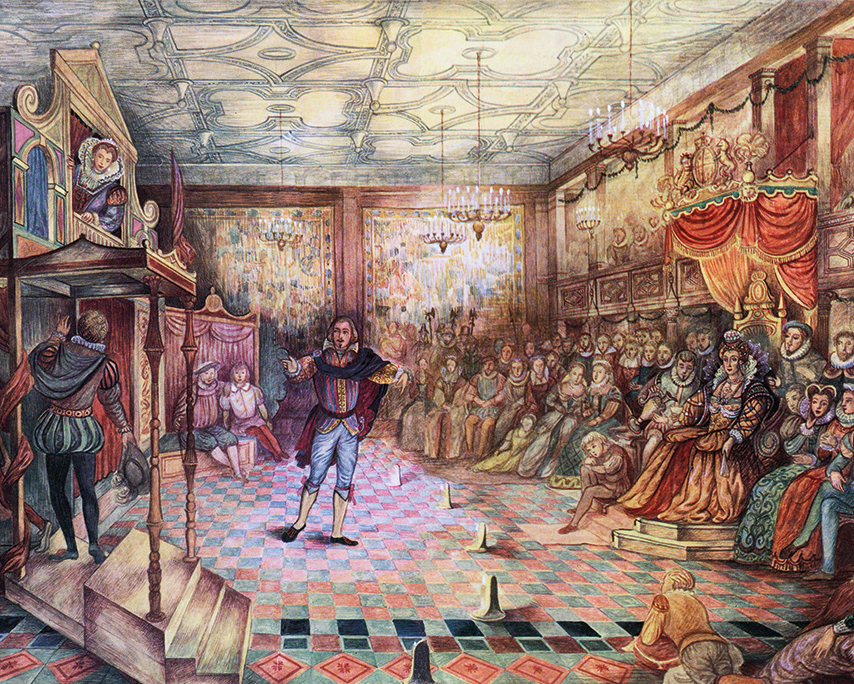World English Day
Why English is both hard and easy to translate
English may be the global language of business, media, and the internet, but that doesn’t mean it’s easy to translate. In fact, English can be deceptively complex. At first glance, it may seem simple: no noun genders, few verb conjugations, and a straightforward word order. Yet anyone who has tried translating English into another language, or vice versa, knows that beneath its surface lies a maze of ambiguities, idioms, and culturally bound meanings that are anything but easy to decode.
So what exactly makes English both a translator’s nightmare and, in some ways, a translator’s dream?
One major challenge is vocabulary. English has countless words with multiple meanings. Take “set”—it can mean a group of items (a set of dishes), an act (to set a record), a place (a movie set), or a condition (set in stone). Homonyms (like “bat”, the animal, and “bat” used in sports) also confuse translators. Without clear context, even experienced translators risk misunderstandings.
Then there are idioms—phrases like “spill the beans” or “under the weather”—that don’t make literal sense. These expressions often require creative interpretation to preserve their meaning in another language. Add phrasal verbs like “give up” or “run out,” and the task becomes even more complex. These combinations cannot be translated word-for-word and demand a firm grasp of context.
Grammar poses its own difficulties. English articles—“a,” “an,” and “the”—may seem minor but carry big weight. They can signal specificity, familiarity, or uniqueness, and misusing them subtly alters meaning. Speakers of languages without articles, like Chinese, Russian, or Japanese, often find this especially confusing. Verb tenses further complicate things. “I ate,” “I have eaten,” and “I had eaten” may seem similar but reflect different time frames and meanings. Many languages do not precisely mark such distinctions, making direct translation difficult.
Humour, too, is often lost in translation. English relies heavily on puns, sarcasm, and cultural references. Jokes built on sound or double meanings usually do not work in other languages, which is why subtitles in comedies can feel flat or oddly rephrased.
Still, English has features that make it easier to translate than many languages. Its fixed subject-verb-object (SVO) sentence structure is consistent and predictable. This is helpful for translators working from or into other SVO languages like French or Spanish.
Also, English lacks grammatical gender. Unlike German or Spanish, where nouns are masculine, feminine, or neuter (and articles and adjectives must match), English spares translators from navigating these grammatical rules.
English also benefits from its global presence. With widespread use comes extensive support—bilingual dictionaries, translation databases, and powerful tools like Google Translate are heavily optimised for English. While human expertise is still essential for nuance and tone, these resources make the initial translation process easier.
So, is English easy or hard to translate? It depends. For related languages like Dutch or German, translation is often more straightforward. However, for languages like Arabic, French, or Japanese, grammatical and cultural differences present more hurdles. Either way, translating English is not just about swapping words but about interpreting meaning, bridging cultures, and communicating ideas. And that is what makes it both a challenge and an art.



